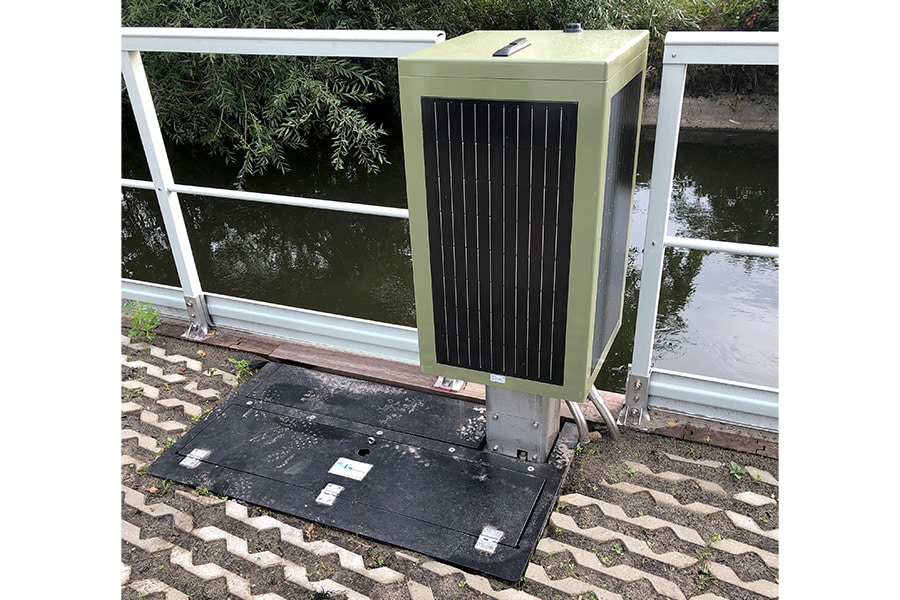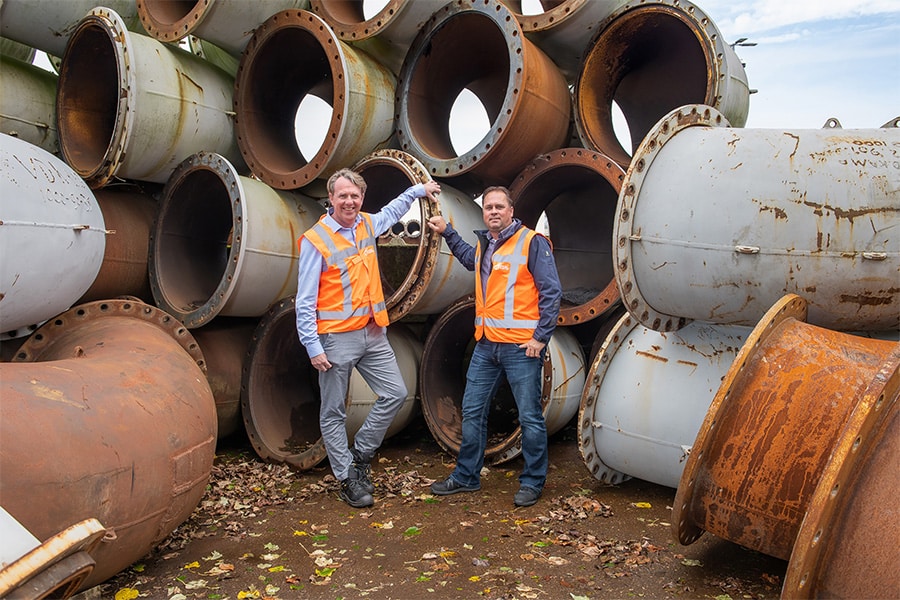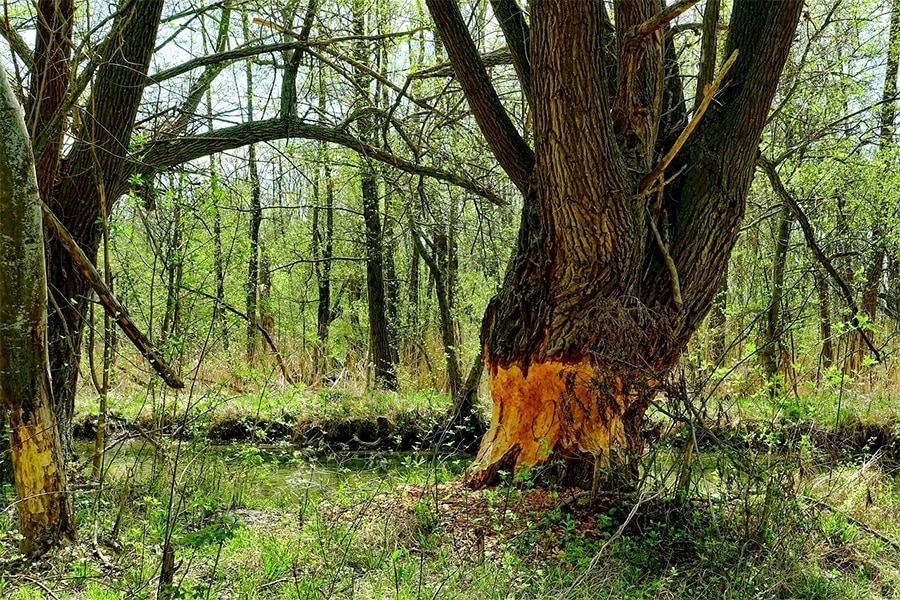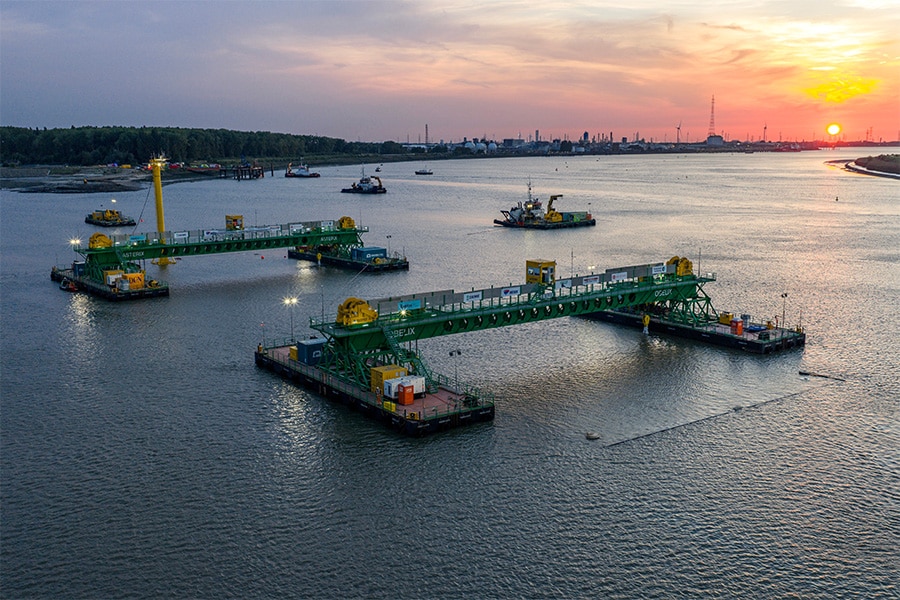
Industrial automation of dams and pumping stations
The dams and pumping stations that have been replaced and renovated as part of the "Optimization of the Peel Canal Water Supply" program have all been equipped with a telemetry and control system by Modderkolk Projects & Maintenance. At those locations where mains power is not available, Modderkolk uses its in-house developed and proven Flux and Flow solar weir control system.
Modderkolk is originally an industrial automation company and has long been active in hydraulic engineering. "Both sectors have more or less the same requirements," says Marcel van der Stappen, project manager at Modderkolk Projects & Maintenance. "We work for most of the water boards in our country and Waterschap Limburg is also among our regular customers. They invited us to join the construction team during preparation. Together with the civil contractor Vissers Ploegmakers, the dam builder and pump supplier, we worked out a suitable solution for each location in a very pleasant cooperation."

Flow measurement
Modderkolk completely renovated or newly constructed the controls of all the weirs and pumping stations in the project. "That already starts at the inlet at the beginning of the Peel Canal. A flow measurement has been installed here in order to control the other hydraulic objects on that basis. After all, it feeds everything behind it. You have to be able to get rid of the amount of water that is drawn in," Marcel rightly states. "As Modderkolk, we have over 30 years of experience with this type of project. We know what is required of us and always come up with a suitable solution. For example, the new Helenaveen pumping station is still running on the old connection from the grid operator. The final connection is still some time away. Although it is outside our circle of influence, we still provide a temporary solution so that the pumping station can run."
Solar weir control
The new dams and pumping stations are equipped with a telemetry and control system from Modderkolk. "All that is integrated into the central station at Waterschap Limburg. We have written and tested the software for this for all locations. Everything has already been transferred to the water board and is in operation," says Marcel. A number of weirs are controlled by a solar weir controller. "Depending on the location, the solar unit is placed at ground level or on a 5-meter-high mast. The unit has a vertical solar panel on four sides, capturing most of the sunlight during the winter period when the sun is low. In addition, the unit includes a charge controller and a battery that is charged to a maximum of 90% to maintain its long life of 10 to 15 years. With this unit, we can power a weir up to 20 amps at 24 volts year-round."
According to Marcel, there is a lot of interest among water boards in solar weir control. "Waterschap Aa en Maas already has twenty masts in use. By the way, we are now working on a new development, a windolarmast, where we replace the north panel with a compact wind turbine." To be continued, no doubt!




